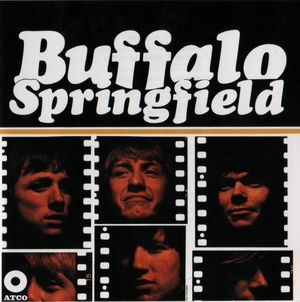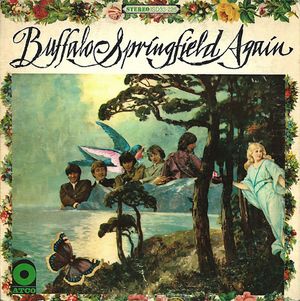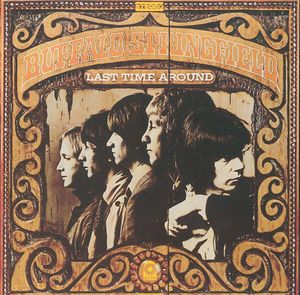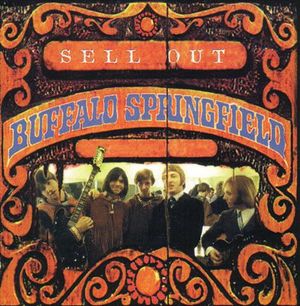
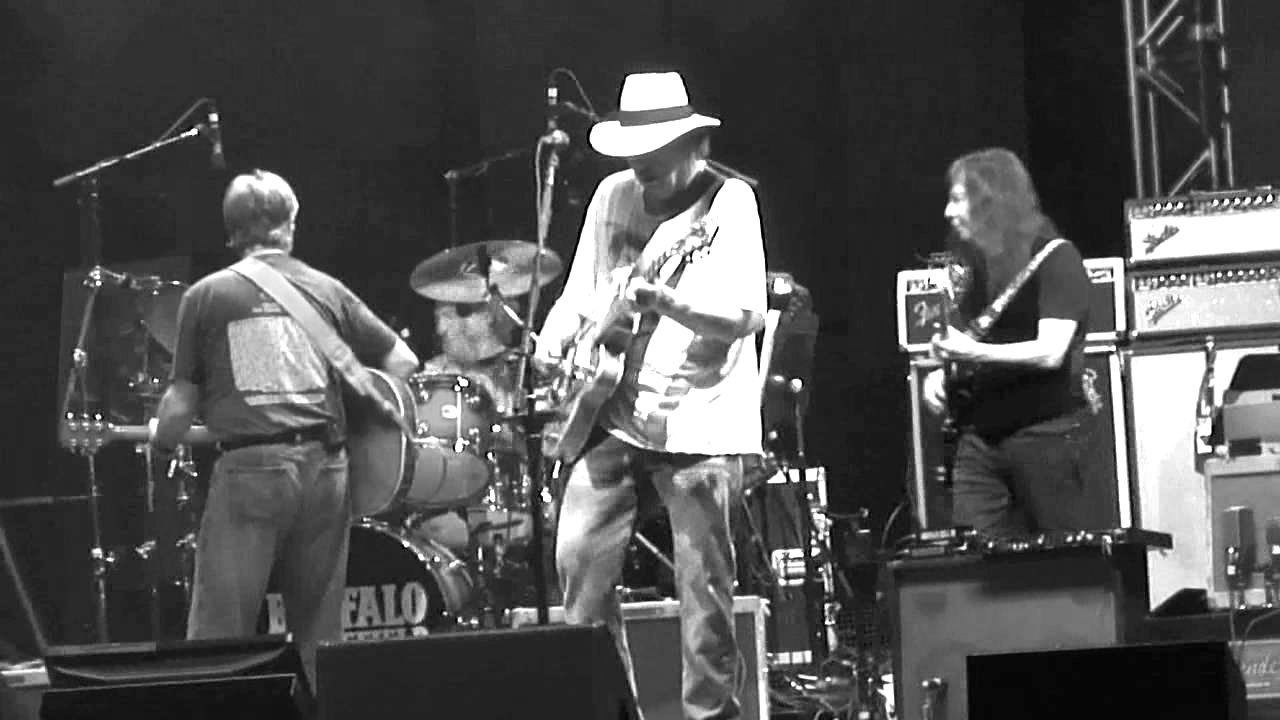
Buffalo Springfield
Follow Your Favorite Band Today!
Top Buffalo Springfield Community Posts
Band Timeline
Formation of Buffalo Springfield
Debut Single and Signing with Atlantic Records
Breakthrough with 'For What It's Worth'
Release of 'Buffalo Springfield Again' and Musical Evolution
Lineup Changes, Legal Troubles, and Disbandment
Rock and Roll Hall of Fame Induction
Brief Reunion and Comeback Tour
Albums
Members
Current
Doug Hastings
Additional
Richie Furay
Bruce Palmer
David Crosby
Additional
Joe Vitale
Dewey Martin
Jim Messina
Stephen Stills
History
Neil Young
Bob Jones
Story of Buffalo Springfield
Buffalo Springfield: A Rock & Roll Revolution
Buffalo Springfield, a band that exploded onto the Los Angeles music scene in 1966, were more than just a group of talented musicians. They were a force of nature, a potent blend of folk, country, and rock that resonated with the counterculture of the time. Fueled by the dynamic songwriting and musical talents of Stephen Stills, Neil Young, Richie Furay, Dewey Martin, and Bruce Palmer, the band's music was as raw as it was innovative.
Their iconic anthem "For What It's Worth" became a symbol of the anti-war movement, showcasing the band's ability to translate social commentary into powerful music. This protest song, along with their debut single "Nowadays Clancy Can't Even Sing," propelled them to the top of the charts and firmly placed them as key players in the burgeoning folk-rock scene.
The band's second album, "Buffalo Springfield Again," pushed boundaries further, showcasing a departure towards psychedelic and hard rock influences. Songs like "Bluebird" and "Mr. Soul" showcased their growing musical prowess and willingness to experiment.
Despite their short-lived lifespan, spanning only three albums and a handful of singles from 1966 to 1968, Buffalo Springfield's impact on the music world was undeniable. Their music not only defined a generation but also influenced countless artists who followed, solidifying their legacy as true pioneers of rock & roll.
A Note on the Band's Name: The story goes that the band's name was inspired by a steamroller parked outside their house, a perfect metaphor for their raw, hard-hitting sound that was destined to crush the status quo.
Bands you may like
More Country Rock Bands
Explore Country RockDiscover more bands in the Country Rock genre and explore the diverse sounds that define this musical style.
Browse All Country Rock BandsMore Bands from United States
Explore United StatesDiscover the rich musical heritage of United States and explore bands that represent the country's unique sound and culture.
Browse All United States Bands
